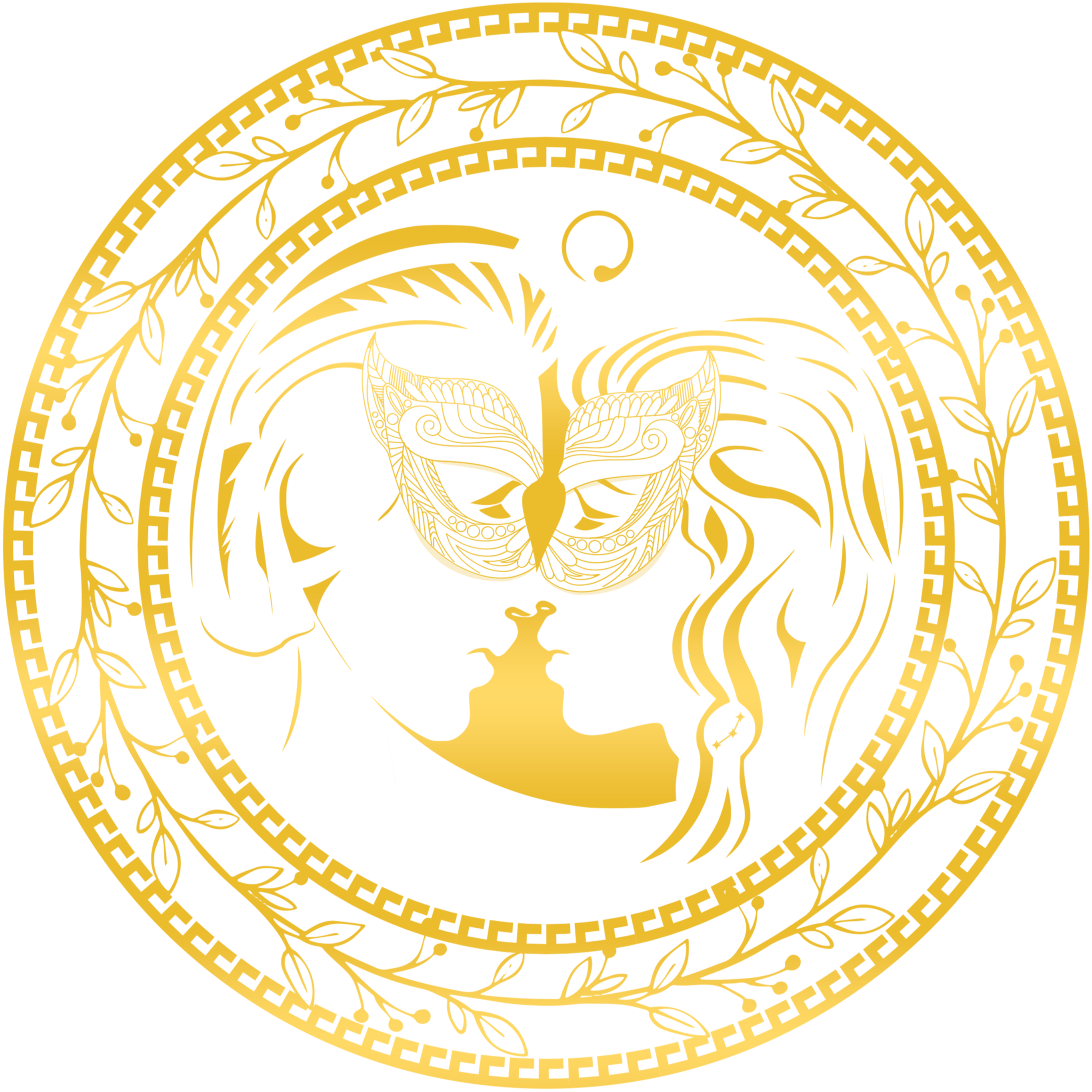
Uncovering the Truth: Royal Honey Scams
Share
The allure of royal honey is undeniable. With its purported health benefits and luxurious connotation, consumers are often willing to pay a premium for this golden delight. However, the rising demand for authentic royal honey has given rise to an unsettling trend – the proliferation of scams and counterfeit products. In this article, we’ll explore how you can distinguish between real royal honey and fake imitations, ensuring you get the quality product you’re paying for.
Understanding Royal Honey
Before delving into the scams, let's clarify what royal honey is. Royal honey is a type of honey that's often associated with additional health benefits compared to regular honey. It's collected from the nectar of specific flowers and contains a higher concentration of nutrients. But with this elevated status comes a greater risk of encountering fraudulent products.
The Royal Honey Scam
by Alvéole Buzz (https://unsplash.com/@alveole_urban_beekeeping)
Scammers have become adept at exploiting the royal honey market. They prey on consumers’ lack of knowledge by selling counterfeit products that are far inferior to genuine royal honey. These fake products may be diluted with syrups, sugars, or other substances, significantly reducing their health benefits and value.
Identifying Real vs. Fake
To protect yourself from these scams, it’s crucial to know how to identify real royal honey. Here are some tips:
Packaging and Branding
Legitimate royal honey often comes in well-designed packaging with clear labeling. Brands that produce real royal honey will typically have a website and verifiable contact information. Be wary of products with misspellings, poor-quality labels, or generic branding – these are red flags that suggest the honey might be fake.
Price Point
If the price seems too good to be true, it probably is. Producing real royal honey is a labor-intensive process, and its price reflects that. Extremely low prices can indicate that the product is not genuine.
Consistency and Taste
Real royal honey tends to have a rich, velvety texture and a distinct flavor profile that differs from regular honey. Fake products may taste overly sweet or artificial and can have a runny or inconsistent texture.
Tips for Buying Royal Honey
When purchasing royal honey, consider the following:
- Buy from reputable sources: Choose well-known, established retailers or directly from trusted beekeepers.
- Check for certifications: Look for honey that has been certified by recognized organizations, as this can be an indicator of quality.
- Read reviews: Customer feedback can offer insights into the authenticity and quality of the honey.
Taking Action Against Scams
by Priscilla Du Preez 🇨🇦 (https://unsplash.com/@priscilladupreez)
If you suspect that you’ve encountered a royal honey scam, don’t hesitate to report it to consumer protection agencies. By taking action, you contribute to a market environment that values authenticity and punishes deception.
In conclusion, while royal honey offers numerous benefits, the market is rife with scams. By being vigilant and informed, consumers can ensure they are purchasing the real deal and not falling victim to counterfeit products. Remember, the true essence of royal honey lies in its purity and natural origin – don’t settle for anything less.


